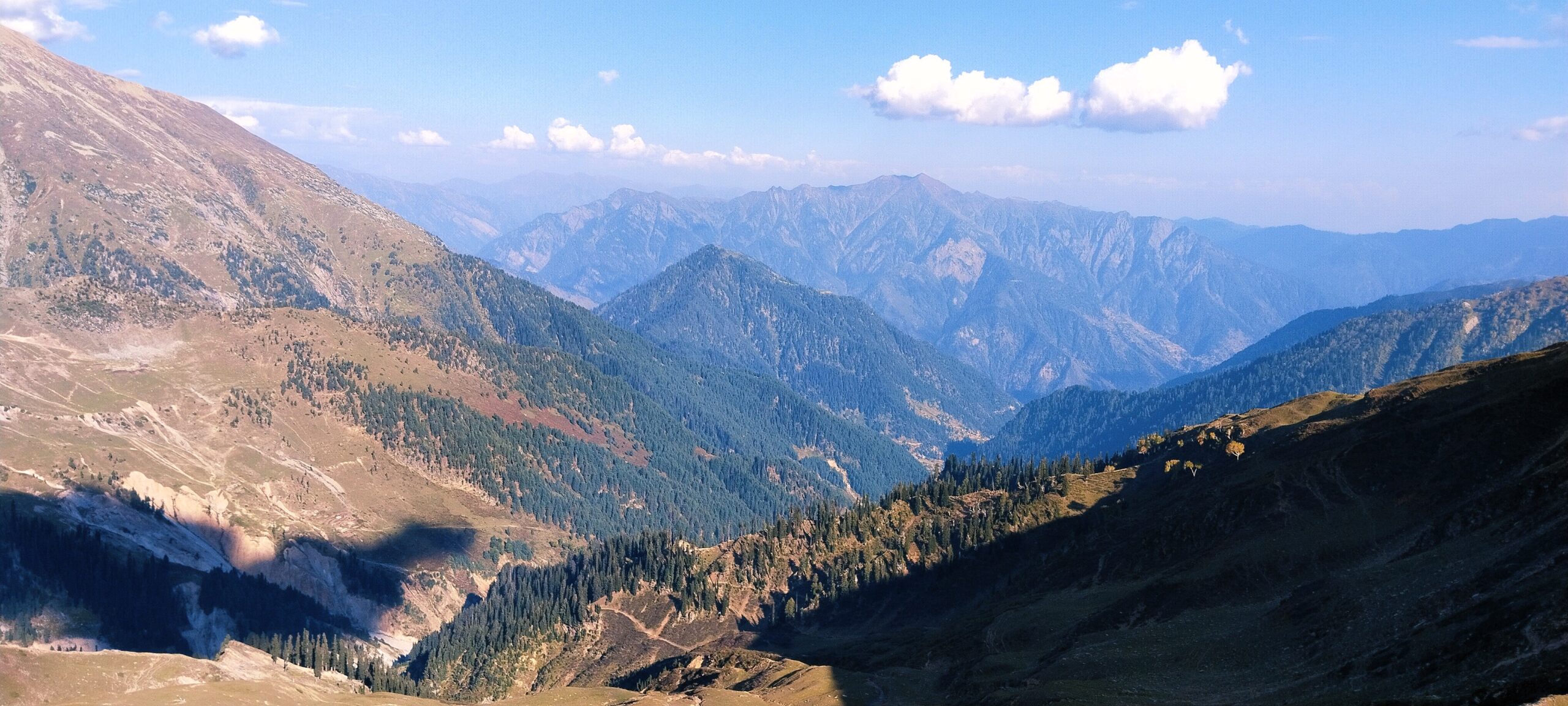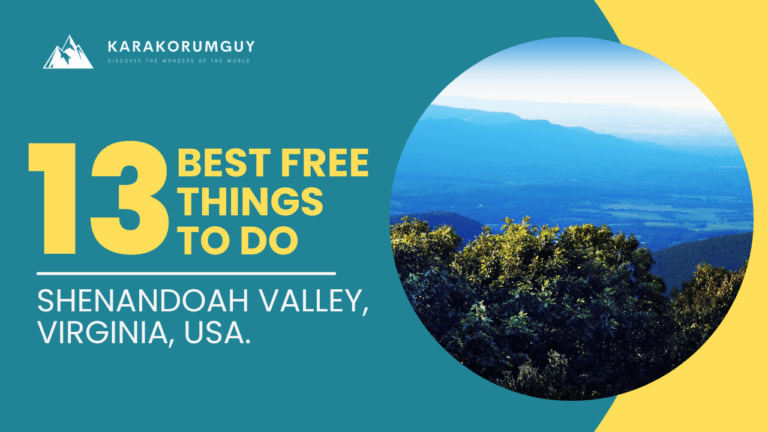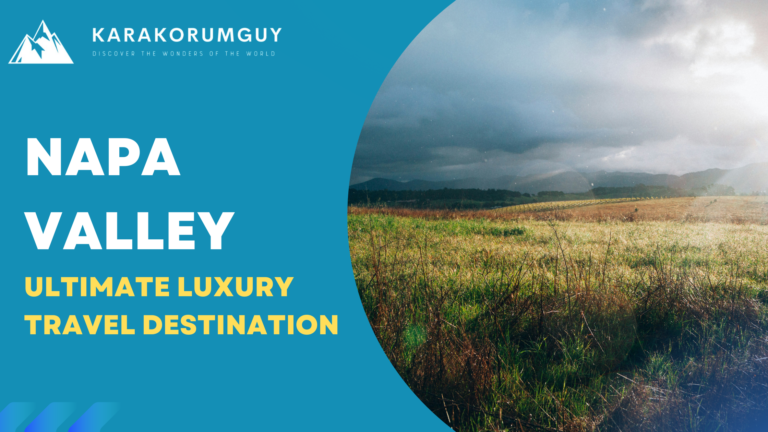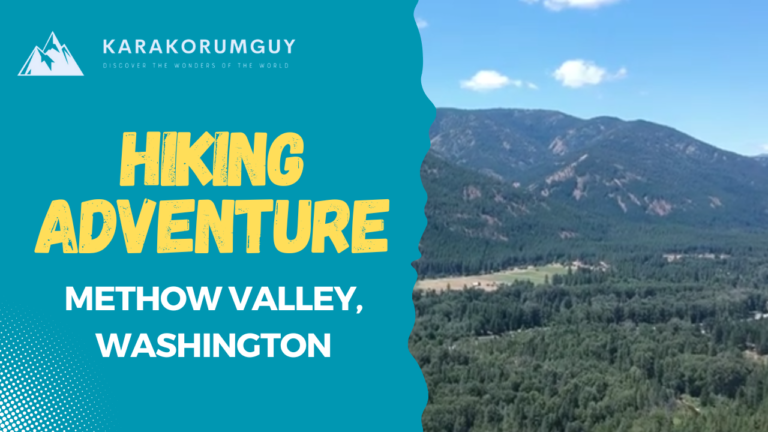Karakorum Ranges and It’s History
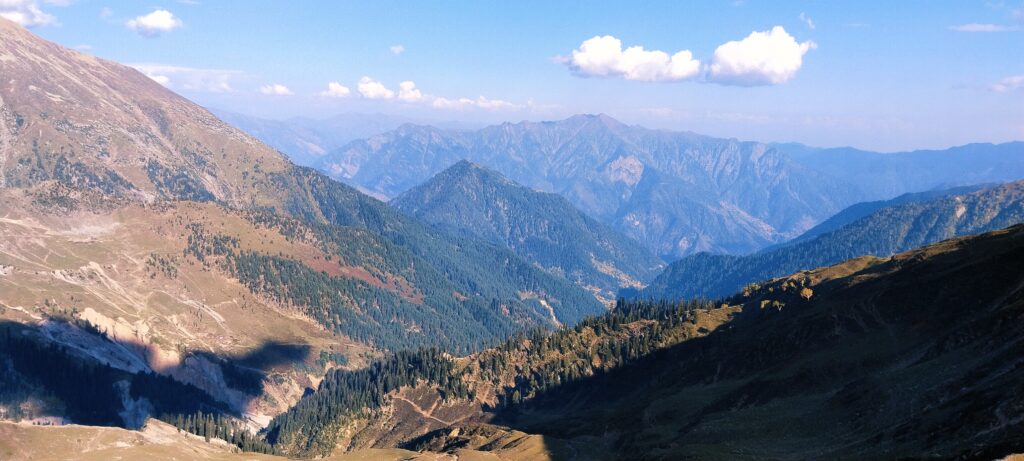
Early Inhabitants
It’s fascinating to think about how the history of the Karakorum region is deeply rooted in ancient times. It’s amazing to consider that people have been living in this area for thousands of years, and that the indigenous communities have contributed so much to the beautiful tapestry of cultures and traditions that exist in this region. We should all take a moment to appreciate the rich history and the people who have made it possible.
Geological Foundations
I find the geological history of the Karakorum mountain range quite fascinating. It spans a vast area of approximately 500 kilometers and is located across the borders of Pakistan, India, and China. The range has been in existence for millions of years, and it is an extension of the Himalayas, which were formed due to the collision of the Indian and Eurasian tectonic plates.
Ancient Settlements
It’s fascinating to know that the Karakorum region has a rich history of human habitation that dates back to the Neolithic period. According to archaeological findings, there is evidence of early settlements in the area. The ancient Silk Road is also believed to have passed through these mountainous terrains, connecting different civilizations along the way. It’s amazing how the region played a crucial role in shaping the ancient world.
Trade on the Silk Road
As an integral part of the Silk Road network, the Karakorum served as a crucial link between the East and the West. Traders and caravans embarked on perilous journeys through its high-altitude passes, facilitating the exchange of goods such as silk, spices, precious metals, and cultural artifacts. This trade not only shaped the economic landscape but also fostered a rich cultural tapestry.
Cultural Intersection
The Karakorum region has played a crucial role in bringing together diverse ethnic groups, which is evident in the unique languages, traditions, and artistic expressions developed by the Baltis, Wakhi, Shins, and other communities. Their distinct cultural identities have created a magnificent mosaic of cultural diversity that is truly impressive.
Buddhism and Islam
It’s truly fascinating to hear about the rich history of the Karakorum region and how it has been shaped by different religions over time. It’s incredible to think about the ancient monasteries and stupas that once flourished there under Buddhism. The transition to Islam must have been a significant change for the locals, but it’s evident that it has contributed to the region’s cultural and architectural heritage. It’s heartening to see how both religions have left their mark on the Karakorum through their religious practices and monuments.
Trade Routes and Empires
The Karakorum has always been a vital nexus for trade routes, connecting South Asia to Central Asia and playing a significant role in the larger framework of empires. The routes passing through the Karakorum were not just used but were heavily relied upon by the Persian, Mongol, and Mughal empires, leaving an indelible mark on the region’s history. Even today, the Karakorum continues to play a crucial role in connecting different regions and cultures, and its importance cannot be underestimated.
Colonial Exploration
During the colonial era, European explorers were drawn to the challenge of conquering the Karakorum’s formidable peaks. The Great Trigonometric Survey, led by British explorers, contributed to the mapping and understanding of the region’s geography.
Modern Challenges and Opportunities
It’s interesting to note that the Karakorum region faces some major challenges in today’s times. Climate change, glacial retreat, and geopolitical dynamics are some of the key concerns that the region is dealing with. The melting glaciers in the area are a major concern as they are impacting downstream water resources. However, despite these challenges, the Karakorum continues to be an attractive destination for adventure tourism. Many trekkers, mountaineers, and scientists visit the region to explore its unique ecological features. To truly appreciate the Karakorum, one needs to delve into its rich history, which includes its geological foundations, ancient civilizations, role in trade and cultural exchange, and its continued significance in the modern world.

